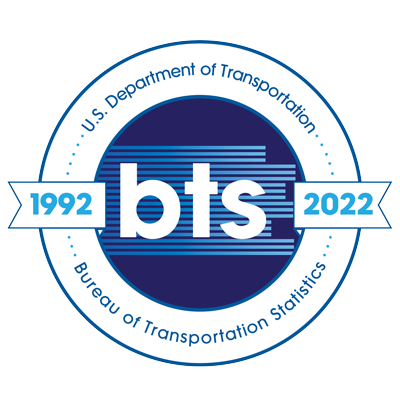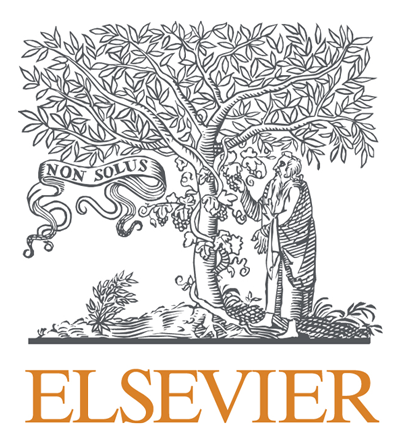Spatial Disparity of Charitable Food Assistance Programs and Social Vulnerability in the Southeastern United States
Topics:
Keywords: food insecurity, charitable food assistance programs, social vulnerability
Abstract Type: Virtual Guided Poster Abstract
Authors:
Rifa Ali, University of Central Florida
Yingru Li,
Sara Jang,
,
,
,
,
,
,
,
Abstract
Background: Food insecurity affected over 13 million households in the U.S. in 2020. The U.S. government has implemented a series of food assistance programs (e.g., Supplemental Nutrition Assistance Program) to assist low-income people. Besides the public sector, the private sector also plays an important supplemental role in alleviating food insecurity. There is an increasing number of individuals and households who seek charitable food assistance programs (CFAPs), such as food banks, soup kitchens, and senior brown bags. The objectives of this study are to visualize the spatial distribution of CFAPs across counties and to understand the potential association between CFAPs and the social vulnerability index (SVI) in the Southern U.S.
Methods: We collected address data on 2,155 CFAPs in the Southern Region including Florida, Mississippi, Alabama, Georgia, South Carolina, North Carolina, and Tennessee through online public resources. Using spatial and statistical analysis, we visualized and compared the distribution of CFAPS against county-level overall SVI index as well as four sub-SVI themes.
Results: The spatial analysis results show that the spatial distribution of CFAPs are not balanced, clusters of FAPs near big cities, with very few FAPs in more rural, more vulnerable areas. The regression results also highlight that counties with high SVI index scores tend to have low accessibility to CFAPs (p<0.001)
Conclusion: The implications of this study show evidence that more rural communities with a greater need for FAPs have little access to them and stress the importance of providing adequate support for these areas.
Spatial Disparity of Charitable Food Assistance Programs and Social Vulnerability in the Southeastern United States
Category
Virtual Guided Poster Abstract














